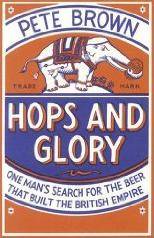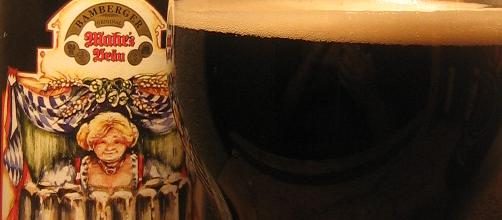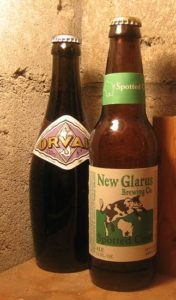 Well, I am up to page 145 of 451 and believe we have a romp on our hands.
Well, I am up to page 145 of 451 and believe we have a romp on our hands.
Hops and Glory (now 50% off at Amazon.co.uk) is a very entertaining read as well as a better introduction to larger questions of British history in India than I had expected. The format of a chapter on Pete’s travel and then a chapter on India keeps it lively. I don’t recall whether the format is exactly what I recall from my reading of Brown’s 2006 Thee Sheets to the Wind but the cheery tone certainly is. You know, I am not sure, now that I look back, whether I actually did a review of TSTTW as opposed to just the Norwegio-Canuck interview. But like his last book, well, the man may well turn out to be a pain in the arse were we ever to meet in the corporeal rather than digital worlds – but he sure paints a pleasant portrait of himself as well as his struggles to undertake the journey.
Which is an interesting point in itself. Most travel books are about journeying to another place. But this book is a little more self-conscious as it is in large part a book about the writing of this book given that the book is about a task and an education and a telling all wrapped up together. It also tells the tale, at least up to page 145, of one of my favorite parts of history, the British Empire of the 1700s. The later Victorians get all the attention as far as I can tell but living in a city which was created in 1783 as a key westerly outpost of the same Empire it is interesting to see the similarity and differences in how British North America developed compared to British India.
In particular the vast scale of alcoholic celebration simply stuns the modern perspective. One of my favorite guys is William Johnson, 1st Baronet of New York and Superintendent of Indian Affairs for the Northern Colonies, who may as well have set up my town though he died nine years before it was settled by refugee Loyalist troops and their families. His mastery of the New York frontier was based in large part on his ability to celebrate on a scale that the Iroquois nations could respect. Herds of Johnson’s cattle and cart loads of his rum were driven up the Mohawk Valley in the 1750s when parlays were called for and days were taken in the consumption of it all. Similarly, Brown describes how the social lives of those in East India Company were lived on a scale really quite unfathomable – let alone repeatable – to our times. In 1716, we read, one outpost of 19 East India company staff over just one month consumed 894 bottles of claret, 294 bottles of Burton ale, 2 pipes and 42 gallons of Madeira as well as 6 flasks, 274 bottles, 3 leaguers, 3 quarters and 164 gallons of various other forms of booze. I would say it boggles the mind but I think the mind would have been completely boggled by no later of the ninth of that particular month.
But Hops and Glory is not just dipsography. Brown’s struggles to figure out exactly why he’s doing the trip are honestly and humorously told. Which is why I am about to go turn to page 146. More later.
 “It smells like the granary when it’s filled.” I think that is what I was told but it makes sense.
“It smells like the granary when it’s filled.” I think that is what I was told but it makes sense.


 This is the second in my
This is the second in my